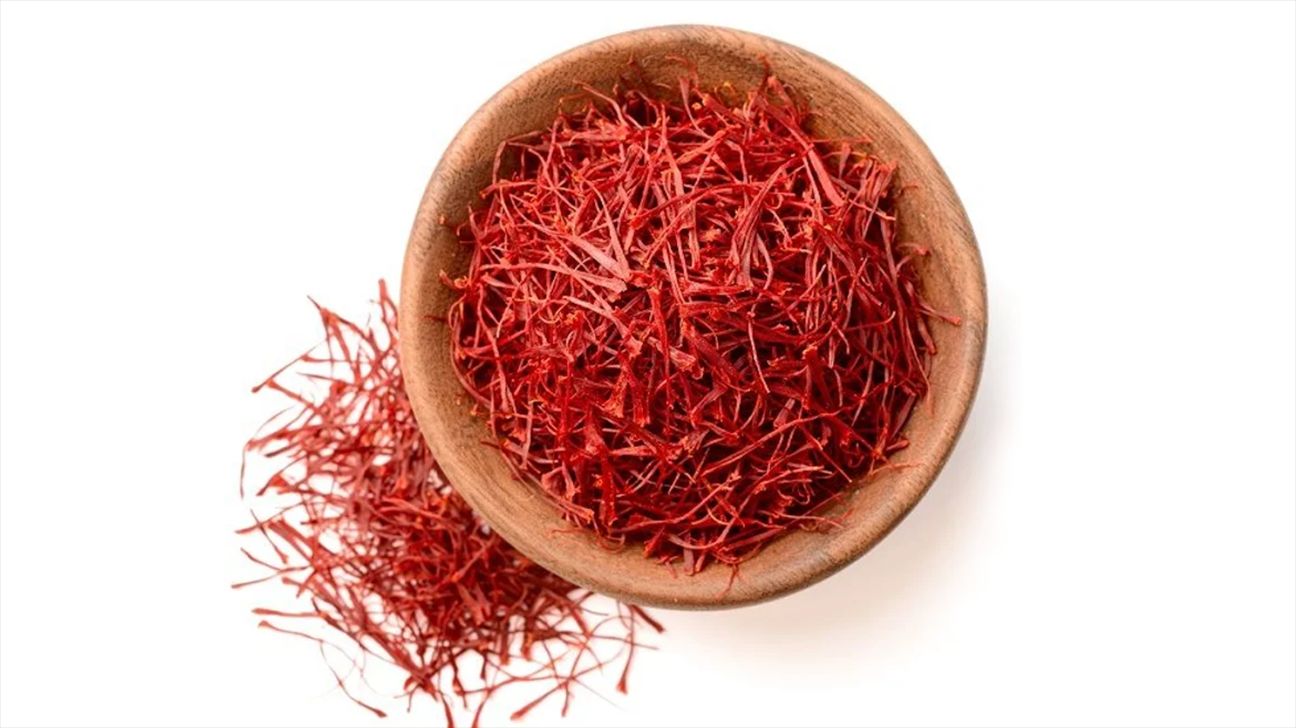What’s the world’s priciest food? It’s probably not wagyu beef or caviar. Ounce for ounce, it may well be saffron.
The riotous yellow, heady spice found primarily in Mediterranean, North African, and Middle Eastern dishes can run anywhere from $5,000 to $10,000 per pound. (By comparison, Japanese wagyu runs only in the low $100s per pound, and even the most luxurious Osetra caviar tops out around the $2,000 per pound mark.)
Fortunately, a very little goes a very long way, and mere fractions of grams of saffron can infuse a variety of dishes with vivid, flavorful character. Its higher-than-average price may be jarring in your local spice aisle, but once you’ve tried it, a few extra bucks may seem a small price to pay for the luxury and nuance it imparts.
Here’s everything you need to know about incorporating saffron into your cooking.
Saffron famously comes in “threads,” which are actually the stamen of a flower — crocus sativus — that thrives in the hot climates listed above.
It’s not the rarity of the flowers themselves that makes saffron so expensive, but their brief calendar window for blooming, low yield, and the human labor cost needed for harvesting their fragile reproductive bits. (We’re talking painstaking work with tweezers here, not magical stamen-extracting machines.)
Once harvested, the crocus sativus stamen are dried and packaged, and should look like fine, crimson, petal-like trumpets with a delicate yellow tendril attached. (They look a little like a red sea anemone.)
Like many of the world’s most complexly flavored food products — Chartreuse, truffles, etc. — saffron’s precise taste is difficult to describe. It tastes like, well, saffron, which nothing else tastes like (which is why it’s awesome). You might call its flavor smoky, heady, or bright. Floral, but in a musty way. Earthy, but sweet.
In spite of all this complexity, though, saffron plays remarkably well with a wide variety of other foods, from rice and pasta to vegetables to meat (and even dessert).
Says Azita Mehran, Persian cook and author of the blog Turmeric & Saffron: “In Persian cuisine, saffron is used in both savory and sweet dishes, such as in most polow (rice) dishes, tahdig (crispy bottom layer of rice), and many khoresh (stew) dishes, grilled chicken, sholeh zard (saffron rice pudding), as well as in saffron sherbet or saffron tea.”
The fact that it bears a biological similarity to vanilla (shout out to the stamen!) makes it function in a similar way. Saffron doesn’t need to take center stage, but helps amplify the complex qualities of every other ingredient it touches.
The good news is, you probably don’t have to look too hard for saffron, no matter where you live. Just note that real, high-quality saffron is going to require a little coin.
If you find something that seems like a great deal, it’s probably too good to be true (and won’t afford you the spiritual conversion-level experience of the good stuff). Even conventional supermarket brands should run between $15-$20 for a fraction, as in hundredths, of an ounce.
Better yet, try well-reputed spice markets or online retailers where you can verify the pedigree of the saffron you’re purchasing. Iranian saffron is highly sought-after, and of the highest quality, but harder to come by. Spanish and Afghan are more readily available, and still very high quality.
Advises Mehran: “When purchasing saffron, you should look for a dark red color, subtle floral smell, and a slightly sweet taste. And never buy ground saffron.” In fact, ground “saffron” is a bit of a misnomer: It’s likely a hodgepodge including turmeric and smoked paprika. (Which is hardly a terrible idea for a spice blend, it just ain’t saffron.)
A better question is, how shouldn’t you use saffron? As mentioned above, saffron isn’t picky about its dance partners, and has the deft skill of a master, making everyone around it look good. Good entry points for saffron cookery are rice-based, homey, and comforting.
Mehran has some expert advice for getting the most out of the spice in cooking.
“The best way to use saffron is to take a tiny pinch of the strands and grind it into a fine powder using a mortar and pestle or a spice grinder. Transfer the powdered saffron into a small bowl, add 2-3 tablespoons of hot water (or hot liquid such as broth or stock), give it a gentle stir, cover, and let it bloom for at least 5 minutes to bring out the color and aroma before adding it to your dish.”
Toasting the saffron powder in olive oil on low heat will also help infuse it throughout whatever savory food you’re preparing.
Recipes to infuse saffron into everything
- Create a heady side dish with Persian-style rice with saffron and lentils
- Whip up a creamy dip that’s irresistible to veggies in these roasted baby artichokes with Meyer lemon-saffron aioli
- Spice up a winter evening with saffron-flavored slow cooker root vegetable stew
- Make a DIY South Asian treat! Malai kulfi ice pops are flavored with saffron and cardamom.
- Try your hand at frying pan paella mixta, which features saffron in a traditional Spanish preparation
- Fire up the grill for Iranian chicken kababs
As with any dried herb or spice, saffron’s shelf life for maximum flavor is relatively short, but you can extend it by keeping it in an airtight container, And be sure to keep it in a cool and dry place away from sunlight, advises Mehran. Given its expense, you’ll want to get the most out of it as you can.
Sure, ounce for ounce, saffron is one of the highest-dollar foods on the planet. But that doesn’t mean you can’t incorporate it into your cooking, even on a budget. Just a pinch is all you need for tons of amazing recipes. So go ahead and tap into its crimson-colored flower power — and sprinkle saffr-on everything.

